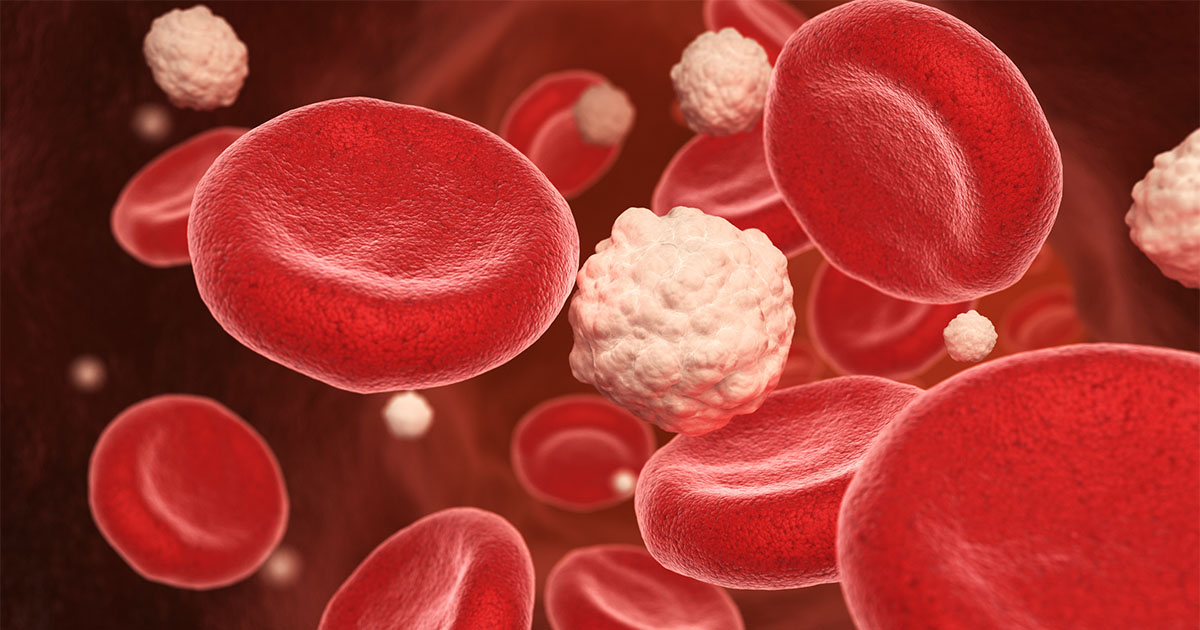There seems to be some confusion among health professionals on the recommendations surrounding driving while on glucose-lowering medication. To protect ourselves, and people with diabetes, we need to be clear and ensure we discuss appropriate advice with patients during the consultation. Yet it appears that we are not good at passing on appropriate information. Surveys show that professionals are poor at emphasising the Driver and Vehicle Licensing Agency (DVLA) recommendations for drivers with diabetes in the UK (Choudhary and Amiel, 2011), but regular, reinforced structured education is advocated by the Hypoglycaemia Study Group (International Hypoglycaemia Study, 2015).
Why has this come about? The emergence of newer therapies has highlighted the risk of hypoglycaemia attached to sulphonylureas and insulin. Recently, I have stopped gliclazide in several older people who drive, owing to their risk of hypoglycaemia while driving. A “good” HbA1c is not necessarily a predictor of stable blood glucose levels if it is accompanied by marked swings from high to low during the day (see Figure 1). A more detailed picture will emerge from talking with the patient and by examining data from self-monitoring of blood glucose.
In people with type 2 diabetes receiving oral hypoglycaemic agents, hypoglycaemia has been found to be associated with a significantly higher risk of accidents resulting in hospital visits (Signorovitch et al, 2012), even if the person is not using insulin. We need to get this right to minimise the risk of hypoglycaemia and improve people’s quality of life.
The DVLA (2014) recommendations are clear and provide an online printable handout for patients. The basics are outlined in Table 1.
The law regarding driving Group 2 vehicles when using insulin has changed. If individuals can demonstrate that they meet the following criteria, then they may be able to apply to drive Group 2 vehicles.
- They have well-controlled diabetes (with evidence from 3 months of results on a blood glucose meter with a memory).
- They have had no episodes of severe hypoglycaemia in the previous 12 months.
- They do have early warning symptoms of hypoglycaemia.
Police, fire and ambulance services are now subject to individual medical assessment as to fitness to drive. Pilots can now fly with diabetes but must adhere to the Civil Aviation Authority rules (http://bit.ly/1Q8mJTj).
Some important points of advice to cover in a consultation with people treated with medication that could cause hypoglycaemia are as follows (taken from a TREND-UK patient leaflet available at http://bit.ly/1lW1aF9).
- Keep glucose treatments in the car within easy reach of the driver at all times.
- Check blood glucose before driving. Do not drive if the level is less than 5 mmol/L.
- Do not drive for 45 minutes after a hypoglycaemic event.
- Do not continue to drive if hypoglycaemia symptoms are felt.
- If hypoglycaemia symptoms are felt while in a car, stop as soon as is safe to do so and remove the keys from the ignition.
People with diabetes have no more accidents than the general public (Lonnen et al, 2008) but may need to monitor their blood glucose to remain safe. Health professionals need to examine their practice and ensure that they are not preventing people with diabetes who drive from managing their blood glucose levels appropriately (Diabetes UK, 2013). Primary care teams should arm themselves with relevant and up-to-date resources to discuss with patients and their relatives or carers. It is prudent to document that discussion in the patient’s records in case of a dispute later on, however unlikely.
Questions to test your knowledge
The answers are not necessarily found in this article.
- Driving restrictions only apply to insulin-treated diabetes.
[a] True
[b] False - Which oral hypoglycaemic agents may be associated with hypoglycaemia?
[a] All of them
[b] Sulphonylureas and glinides
[c] Metformin and DPP-4 inhibitors - A person with type 2 diabetes and a low HbA1c with gliclazide does not need to monitor blood glucose in relation to driving.
[a] True
[b] False - If someone with diabetes loses the warning signs of hypoglycaemia, that person can continue to drive but should monitor blood glucose before driving.
[a] True
[b] False - It is important to record driving advice given to patients for which of the following reasons?
[a] To prevent duplication by another member of staff
[b] To ensure clarity in the event of an accident
[c] To meet Quality and Outcomes Framework payment targets
Answers
1 – [b]
2 – [b]
3 – [b]
4 – [b]
5 – [b]





Risk ratios of 1.25 for autism spectrum disorder and 1.30 for ADHD observed in offspring of mothers with diabetes in pregnancy.
18 Jun 2025